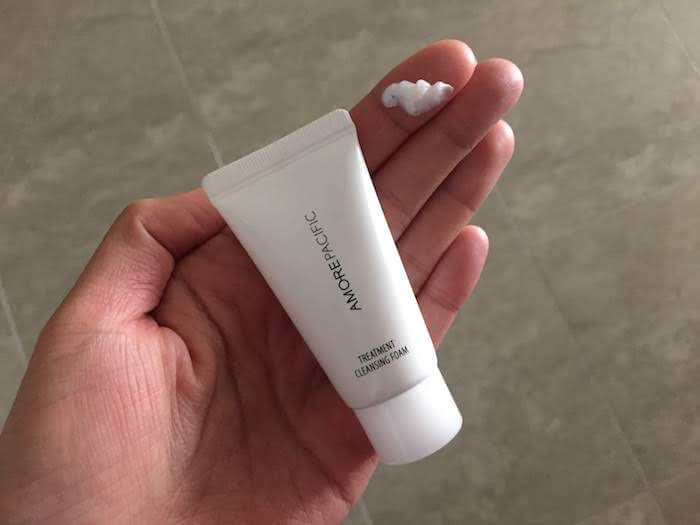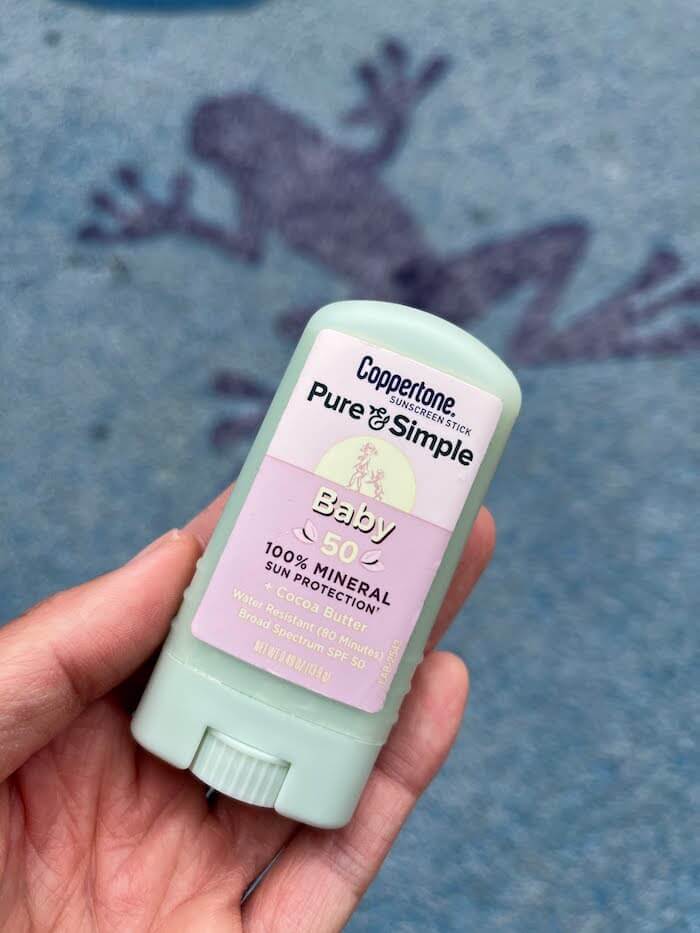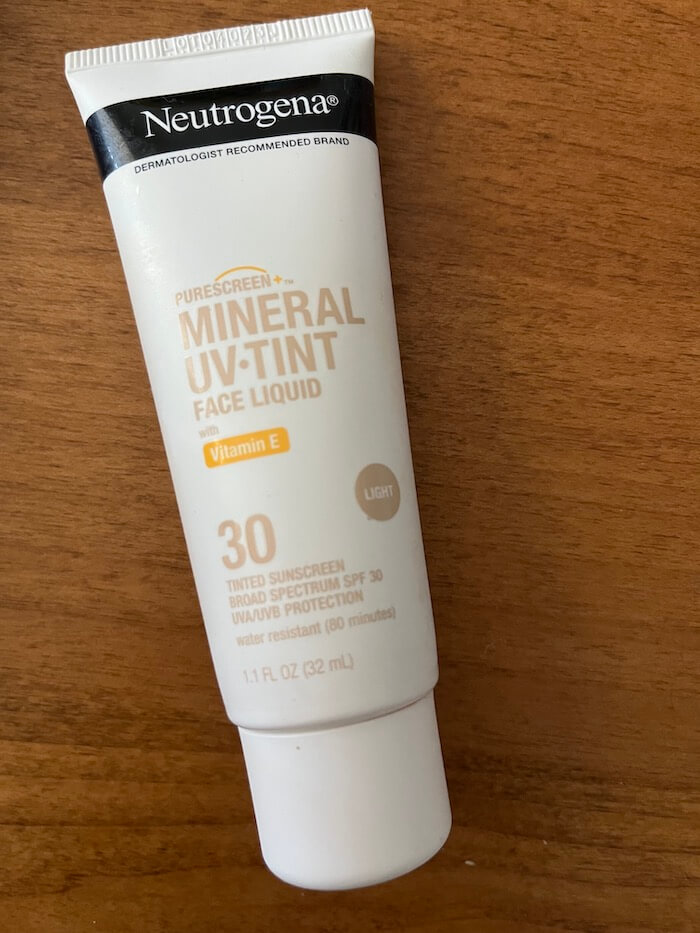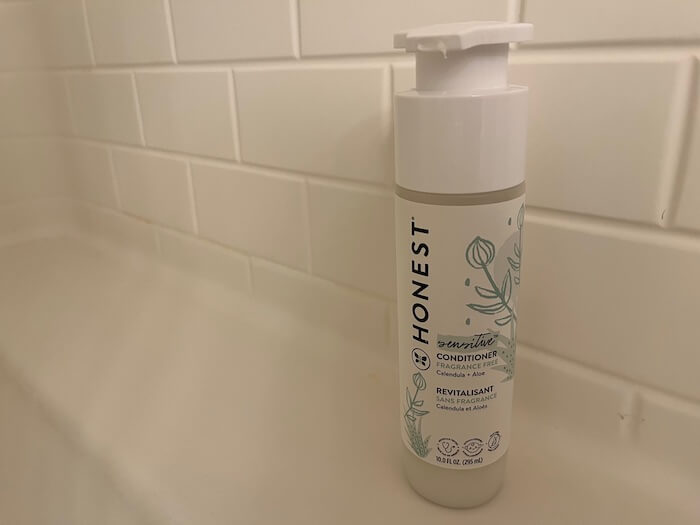AMOREPACIFIC Treatment Cleansing Foam review
This cleansing foam contains triclosan, an ingredient that the FDA has banned from hand sanitizers and antibacterial soaps.
I just came back from another trip and was happy to be able to use my travel-friendly bottle of Fresh Soy Face Cleanser (review here). Today I’ll be reviewing another travel-size face wash: AmorePacific Treatment Cleansing Foam, which I received as a sample. The problem with sample and smaller-sized face washes is that the ingredients may not be printed on the bottle. My bottle only listed the instructions—not one peep about the ingredients. Later, when I looked up the ingredients, I realized that this face wash may not the friendliest choice for sensitive skin or for the environment. Read on to find out why.

AmorePacific Treatment Cleansing Foam ingredients
water, glycerin, stearic acid, myristic acid, potassium hydroxide, lauric acid, peg-8, sodium myristoyl glutamate, glyceryl stearate, peg-32, peg/ppg-25/30 copolymer, sorbitol, peg-200 hydrogenated glyceryl palmate, cocamidopropyl betaine, phyllostachis bambusoides juice, panax ginseng root extract, mangifera indica (mango) seed butter, olea europaea (olive) fruit oil, helianthus annuus (sunflower) seed oil, algae extract, glycyrrhiza glabra (licorice) root extract, corallina officinalis extract, lactose, disodium edta, microcrystalline cellulose, butylene glycol, sucrose, alcohol, zea mays (corn) starch, olive oil peg-8 esters, ultramarines (ci 77007), xanthan gum, tocopheryl acetate, trehalose, triclosan, phosphatidylcholine, propylene glycol, peg-100 stearate, peg-14m, peg-5 rapeseed sterol, peg-7 glyceryl cocoate, hydrogenated lecithin, sodium benzoate, fragrance
AmorePacific Treatment Cleansing Foam review
AmorePacific Treatment Cleansing Foam comes packaged in a bottle with a screw top and has a gel-like consistency. It quickly foams up when you add water and vigorously rub your hands. I thought it was slightly over-fragranced and drying (maybe because of the alcohol and/or foaming agents?). However, it does a decent job of removing my tinted sunscreen, so I assume it’s probably pretty good at removing makeup as well. It also foams up nicely so a little goes a long way.
I must say that I have not been all that impressed with the two AmorePacific products I’ve tried thus far. The other product I tried was AmorePacific Resort Collection Sun Protection Mist, which was also heavily fragranced. I really don’t see the point of adding fragrance to a face wash—shouldn’t it be cleansing your skin instead of leaving some residue behind?
I also think it’s odd that this cleanser includes triclosan, which is an antibacterial agent that has mixed reviews from the FDA. This substance may linger as a contaminant and cause unknown consequences for the environment, and may contribute to the rise of antibiotic-resistant bacteria (a frightening prospect). The FDA banned triclosan from body washes, hand soaps, and hand sanitizer products in the U.S., along with benzethonium chloride, in 2016.
Is triclosan in your face wash?
I think the inclusion of triclosan in this face wash is overkill. Even though it sounds like it makes sense to use an antibacterial agent to fight acne, you should really just use non-antibiotics like salicylic acid or benzoyl peroxide. Although triclosan has been shown to provide benefits for fighting gingivitis. However, it does not provide better cleansing benefits over regular soap and water, so there’s really no reason to use it to fight the presence of bacteria on your skin. See this article for more details about why triclosan shouldn’t be used as an antibacterial cleansing agent. Plain soap for the win!
I definitely won’t be buying any face washes, soaps, or products with triclosan in the future. Although the FDA has banned it from use in many products in the U.S., you still have to keep an eye out for this ingredient in foreign beauty products like this one from AmorePacific. I received this face wash as a sample, and I might have continued using it if I hadn’t written this article and taken a closer look at the ingredient list online. Many sample bottles don’t list the ingredients on the bottle, so you have to take the extra effort to look up the full list online. It’s times like this that I realize how important it is to make sure you always look at the ingredient list, even if (or perhaps I should say especially if) you receive a product as a free sample.




Share this post
RSS
Facebook
Reddit
Email